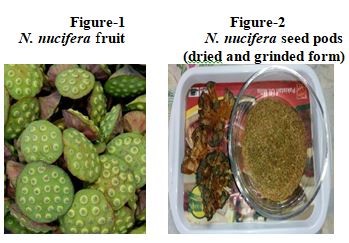
Muhammad Ali Rajput
Multan Medical & Dental College, Pakistan
Title: Assessment of analgesic activity of Nelumbo nucifera fruit
Biography
Biography: Muhammad Ali Rajput
Abstract
Recently use of herbal therapies and diet rich in flavonoids and vitamins has increased considerably to treat minor to modest inflammatory disorders, thus existing study was focused to evaluate the analgesic effect of Nelumbo nucifera fruit in order to justify its traditional use Pharmacologically in disorders which are associated with pain and inflammation e.g. cancer and arthritis. In current study central analgesic activity in mice was assessed by tail flick test and tail flick latency difference (TFLD) i.e. the time in seconds taken by mouse to remove its tail clearly out of water was noted as the reaction time, Similarly acetic acid induced writhing test was also conducted for the assessment of systemic analgesic effect in mice and number of writhes were counted along with percent inhibition of writhes. Both tests were conducted utilizing separate set of 49 white albino mice of either sex weighing 20-25 g and were equally placed in seven groups. In tail flick test the peek anti-nociceptive effect at all doses of fruit was observed at 90 minutes, however the percentage of tail elongation time was highest at a dose of 200 mg/kg i.e. 82% at 90 minutes. Number of writhes was highly significantly reduced at all doses of N. nucifera fruit but maximum effects were observed at dose 200 mg/kg as compared to control (indicating 48.41 % inhibition of writhes). N. nucifera fruit have exhibited strong analgesic effect in both animal models which was highly comparable with aspirin and that may be connected with the inhibition of arachidonic acid metabolism hence justified its traditional use in disorders associated with pain and thus encourage more preclinical and clinical trials in this field.


